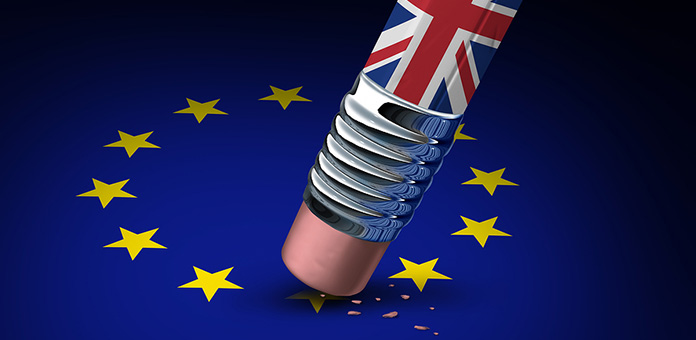
Long-term investors in gold, silver and other markets can look back and point to specific events and circumstances that marked a turn for better or worse in the direction of prices. Many gold buyers and traders are now pointing to June 22 of this year as one of those seminal points in the gold and silver markets.
Trying to Evaluate the New Highs
As recently as Q4 2015 the markets were hanging on every pronouncement from the Fed concerning the end of historically low rates. Not only has the recent turn of events eclipsed any such focus, but it has made it virtually irrelevant over the near term.
In fact, many of those most experienced in evaluating the complexities of the gold market are insisting this is a new phase of bullish growth for gold and silver. 1 The current predictions start with the expectation of at least double-digit increases in the price of gold (on top of this year’s already impressive 24% run) for the remainder of the year. Many respected analysts set similar expectations for silver.
$1400 to $4200 Per Ounce?
Just one such analyst, Joni Teves of UBS, has bumped her firm’s near-term price target for gold to $1400 an ounce, with an overall average of $1340 for the year. The Global Precious Metals Comment report published by UBS notes that gold has been the second-best performing asset class for the year. Moreover, they note that there are many factors coming together to support long-term increases in value.
Beyond those rather conservative speculations, some long-time market observers see the potential for a doubling or more in the price of precious metals from current levels. Among these is Christopher Wood of CSLA. His new analysis sent to clients states, “A long-term bullish view is maintained on gold bullion, with the ultimate price target now set at $4,200 an ounce.” 2
No “Overnight Shift”
Willie Nelson loves to point out that he became an overnight sensation after spending 20 years getting ready for it. Likewise, serious investors in gold and silver are quick to point out that not only is Brexit not the underlying cause of this rise in gold. Rather, the UK vote is only one of a number of significant factors continuing to fuel the demand for gold and silver and was simply the straw that broke the market’s back.
It is these realities that make the recent surge more than a blip in the market that will quickly correct itself, according to analysts. 3 They are quick to point out the dynamics that are creating a scenario where gold and silver are the preferred safe haven assets. These include:
- Real rates of return that are either minimal or zero, including new record lows on U.S. 10-year notes.
- The growing discussion of negative interest rates that drive investors to safe-haven investments such as gold and silver.
- The continuing devaluation of global paper currencies and the potential for additional economic slowdown, encouraging an all-out currency war.
- Concerns over the growing strength of the dollar and how both the U.S. and other central banks will deal with this problem.
- Continued world-wide economic malaise.
- Significant underlying problems in many EU countries, notably Italy and its banks, as well as Greece and Portugal.
- Uncertainties about the real status of the Chinese economy and its central bank’s moves.
The simple facts are that the world economic situation practically begs serious investors to protect their portfolio value by investing in gold and silver. With no practical solution to these issues in sight, and the great potential for more bad news on a regular basis, gold is the asset providing peace of mind for many investors today.
Additional Sources
2 – http://www.businessinsider.com/end-of-cash-will-cause-gold-to-soar-2016-7?r=UK&IR=T
3 – http://www.theglobeandmail.com/report-on-business/top-business-stories/going-long-on-fear-analysts-hike-gold-price-forecasts-after-brexit/article30640053/

